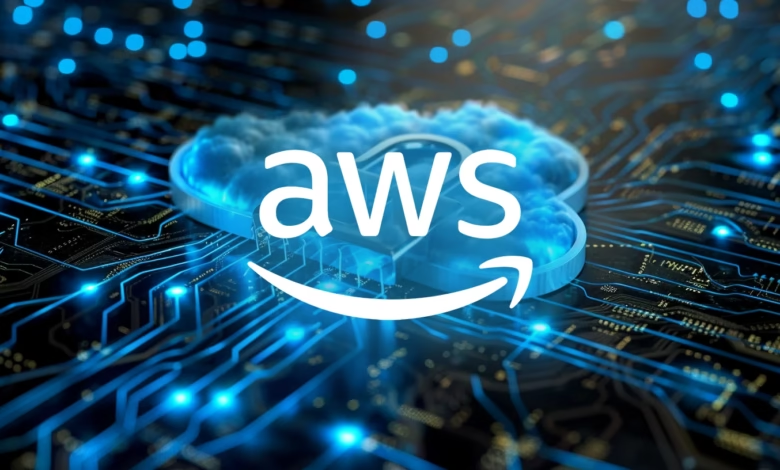New AWS Cloud Security Features Announced

▼ Summary
– AWS announced new security features at its re:Inforce conference, including improved backup recovery and mandatory MFA for all root user accounts.
– AWS Shield now offers network analysis to identify vulnerabilities and provides recommendations based on AWS security best practices.
– Amazon GuardDuty Extended Threat Detection now monitors Kubernetes environments, detecting complex attack patterns in container-based applications.
– AWS Security Hub (Preview) has been updated with exposure summaries, coverage gap identification, and enhanced data interoperability for centralized security monitoring.
– AWS Backup introduces multi-party approval for logically air-gapped vaults, ensuring backup accessibility even if root accounts are compromised.
Amazon Web Services has rolled out significant security upgrades at its recent AWS re:Inforce conference, introducing tools designed to strengthen cloud defenses and streamline backup recovery. The announcements include enhanced network protection, container security monitoring, and mandatory multi-factor authentication for all root accounts—marking a major step forward in cloud security infrastructure.
One standout addition is the AWS Shield Network Security Director, currently in preview. This feature analyzes customer network configurations against AWS security benchmarks, identifying vulnerabilities that could be exploited. It doesn’t just flag issues, it provides actionable recommendations for tightening security through proper service configurations, access controls, and threat mitigation strategies.
For organizations running containerized workloads, Amazon GuardDuty Extended Threat Detection now extends its monitoring to Kubernetes environments. By cross-referencing audit logs, runtime behaviors, and API activity, it detects complex attack patterns that might slip through traditional defenses. For instance, it can spot when a compromised container escalates privileges to access sensitive Kubernetes secrets or AWS resources. Enabling this requires EKS Protection or Runtime Monitoring.
The AWS Security Hub has also received an overhaul, offering a more intuitive dashboard for tracking security alerts and compliance statuses across multiple accounts. New features include exposure summaries, coverage gap analysis, and improved data integration with services like GuardDuty and Cloud Security Posture Management.
Backup security gets a boost with multi-party approval for logically air-gapped vaults. This addresses a critical gap where compromised root credentials could lock users out of their backups. Now, designated approvers can authorize access during account recovery, ensuring business continuity even during security incidents.
Perhaps the most far-reaching update is AWS’s enforcement of MFA for all root users, fulfilling a 2023 commitment. Whether managing standalone accounts or organizations, root access now requires multi-factor authentication at no extra cost. AWS emphasizes using FIDO-certified security keys for maximum protection, noting that MFA blocks over 99% of password-based attacks. The company also advises centralized access management through AWS Organizations to further reduce risk.
These enhancements reflect AWS’s focus on proactive threat prevention while simplifying security management for enterprises. As cloud adoption grows, such measures become indispensable for safeguarding critical data and maintaining operational resilience.
(Source: HelpNet Security)